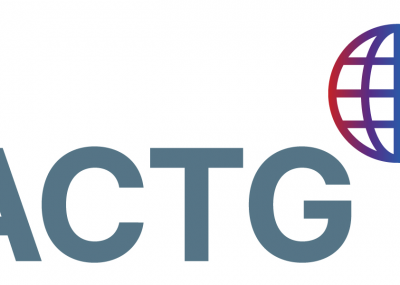Objectives—To estimate nevirapine pharmacokinetics and examine its association with rash and/or hepatotoxicity in women starting antiretroviral treatment in the ACTG A5208/OCTANE study in Africa.
Design—In HIV-infected, non-pregnant women with screening CD4<200 cells/mm3 randomized to nevirapine (twice daily, after 14-day once-daily lead-in period) plus tenofovir/emtricitabine, single nevirapine blood samples were collected 14 and 28 days following randomization. Rash and hepatotoxicity that occurred during therapy, or within 7 days after the last dose of nevirapine, were defined as toxicity.
Methods—Nevirapine pharmacokinetics were modeled by population pharmacokinetic analysis. Individual Bayesian pharmacokinetic estimates were used to calculate clearance, 24-hour area under the curve, and predicted plasma concentrations.
Results—Median week 4 nevirapine clearance was 2.0 L/hr. Among the 359 women, 194 (54%) developed a rash of any grade; 82 (23%) had grade 2+ and 9 (3%) had grade 3+ rash. Median clearance was 1.7L/hr for subjects exhibiting 3+ rash versus 2.0 L/hr in women without 3+ rash (p=0.046). The odds of developing 3+ rash was 50% higher for every 20% decrease in clearance (p=0.046). Nevirapine discontinuation due to rash/liver toxicity was significantly more common among women with pretreatment CD4 count > 250 cells/mm3 (p=0.003).
Conclusions—In this study, HIV-infected African women starting a nevirapine-based antiretroviral regimen had a lower nevirapine clearance compared to previous reports. Severe rash, but not hepatotoxicity, was associated with higher NVP exposure. Albeit observed in a small number of women, baseline CD4≥250 cells/mm3 was significantly associated with NVP toxicity.




